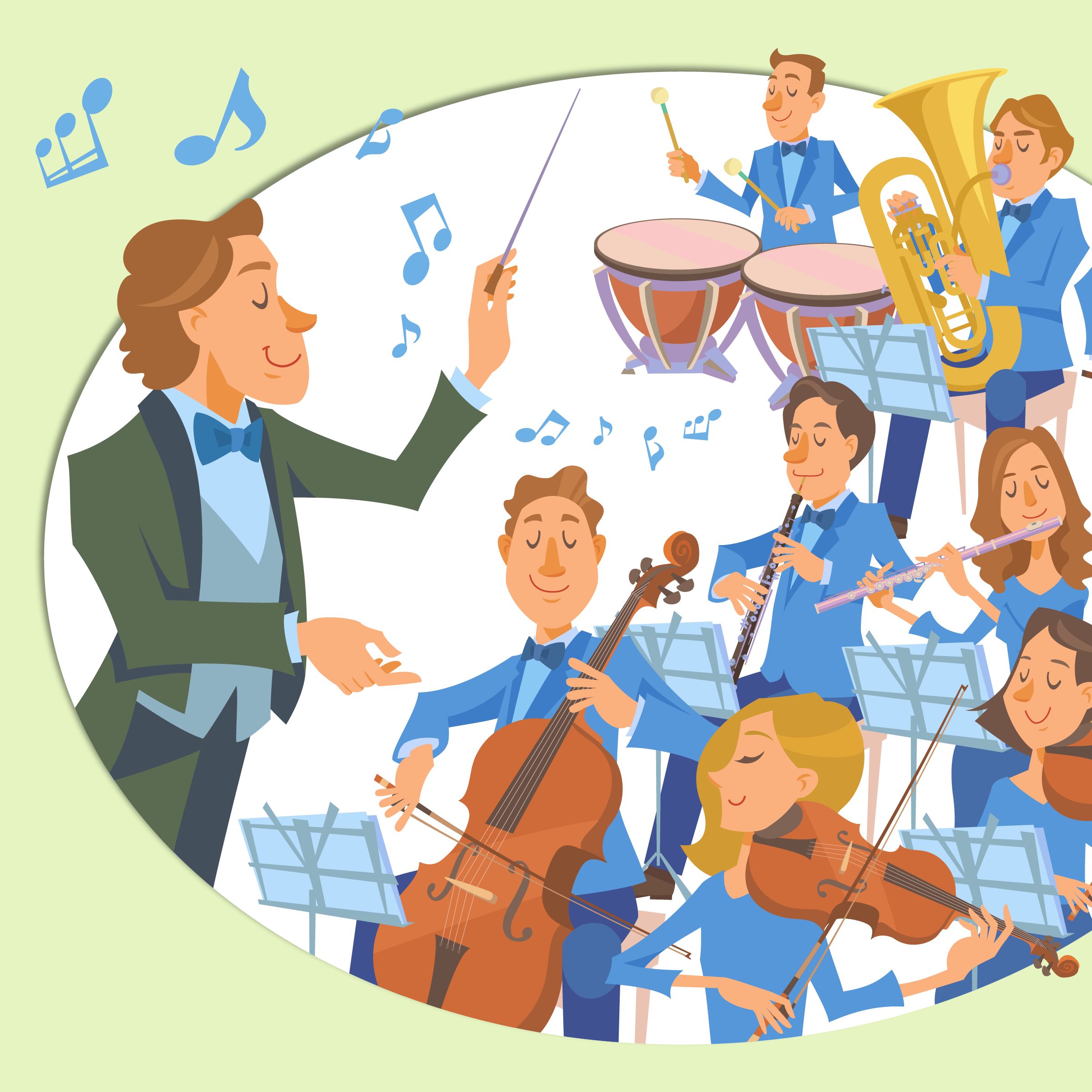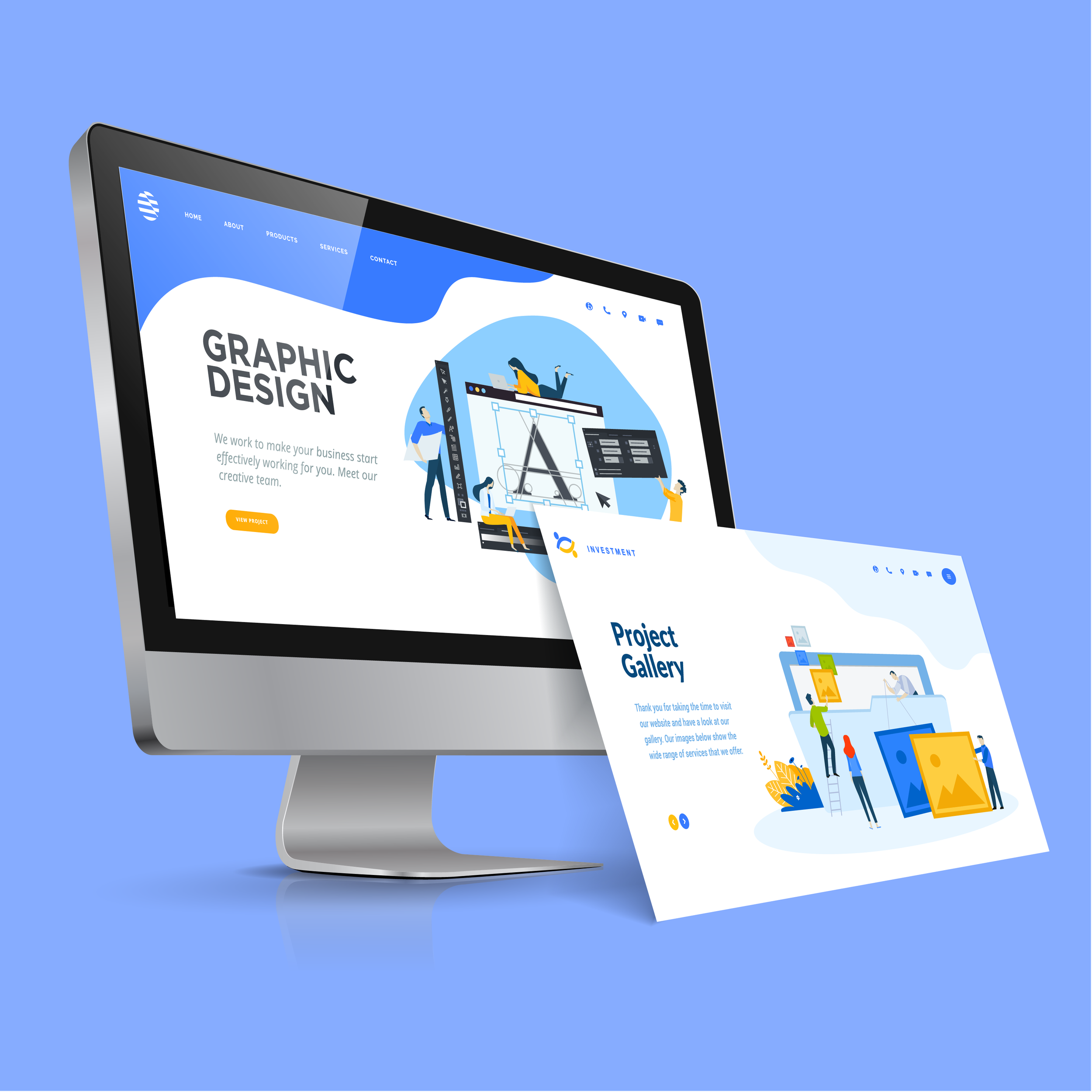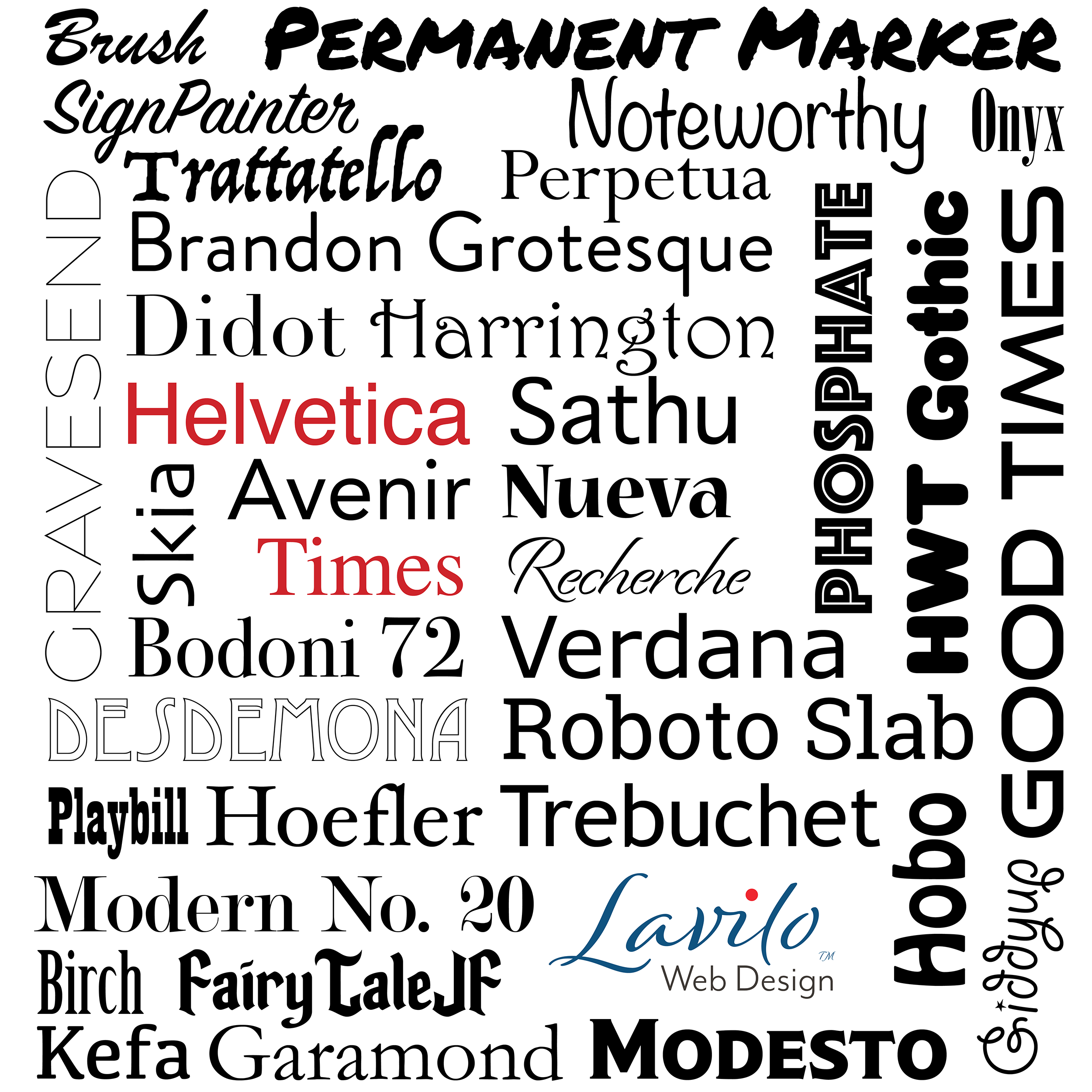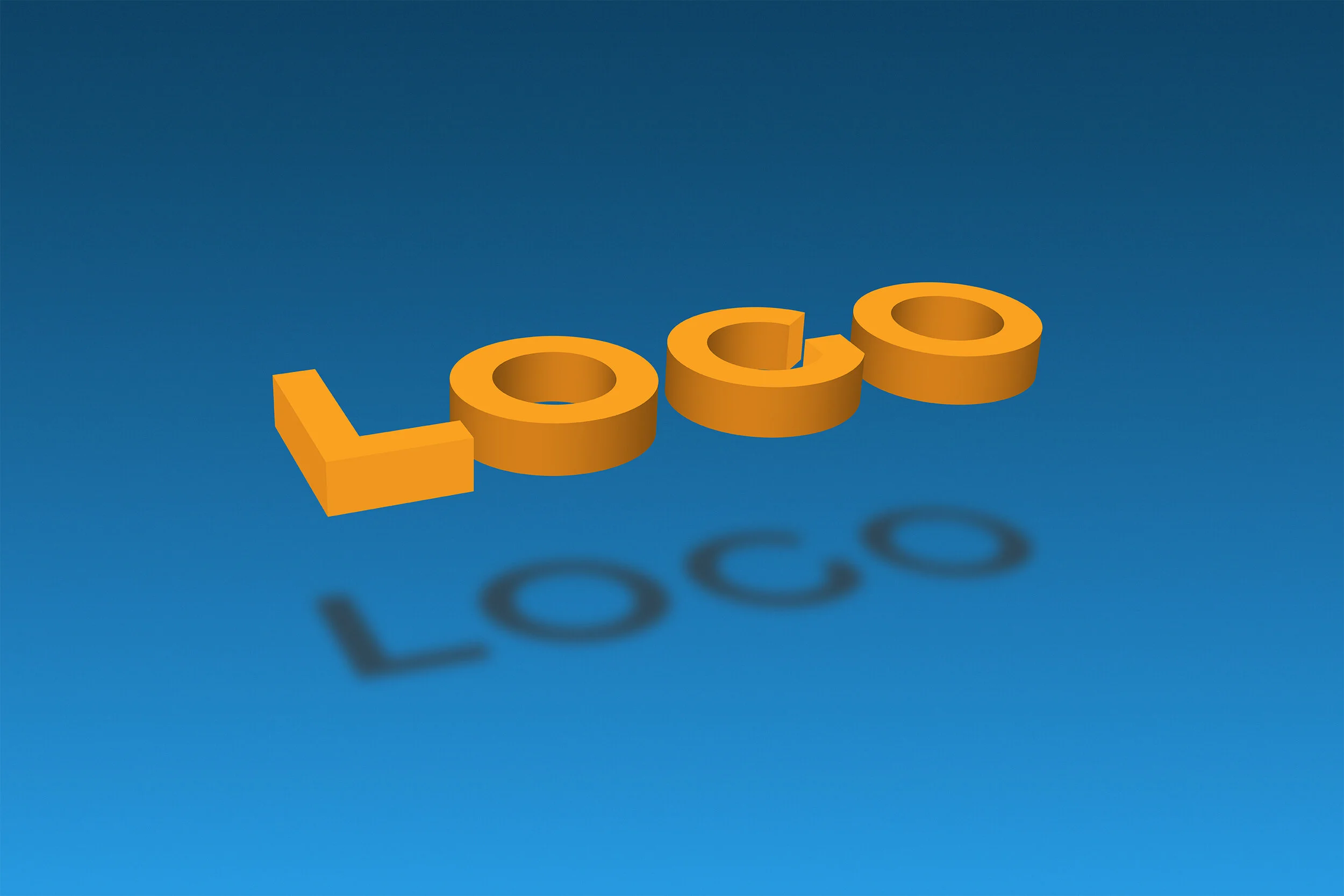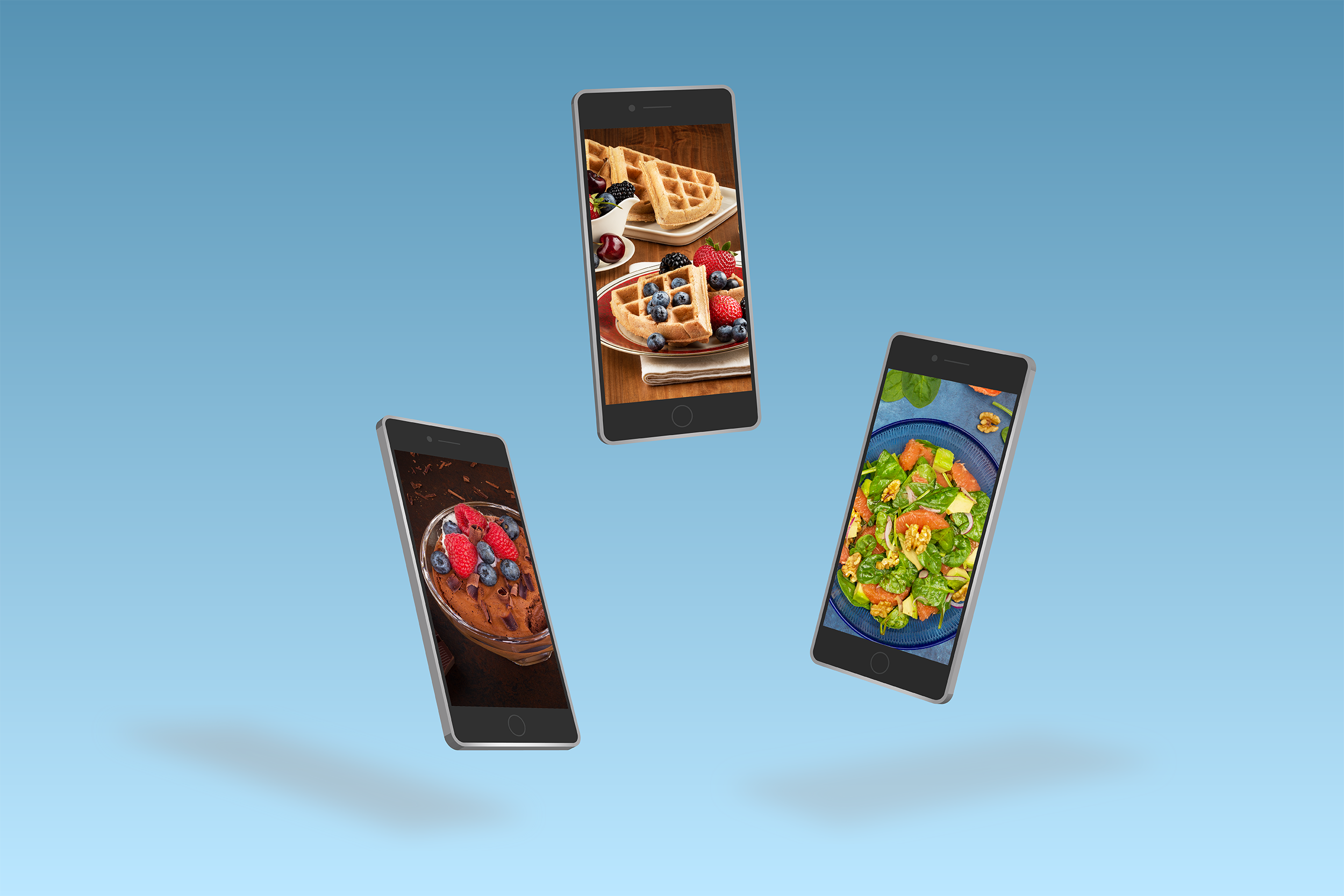What Is a Favicon?
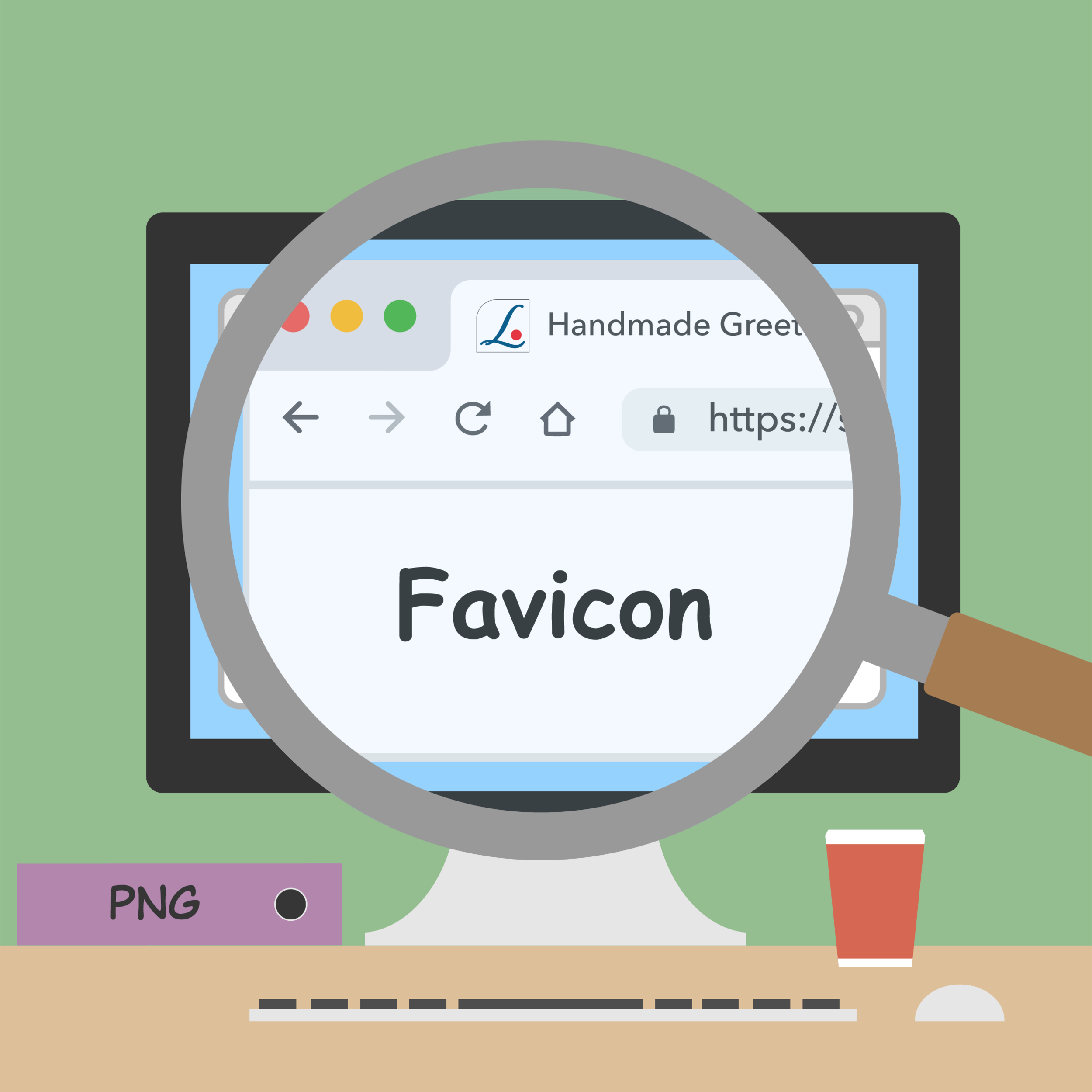
When you use a browser such as Chrome, you may have noticed that many websites display in your browser tab a small icon in front of their name. The same symbol appears when you type a search term in your address bar or bookmark a site. Perhaps you have wondered what this small icon is?
This symbol is called a favicon, which stands for Favorite Icon. A favicon is small, the size of a fingernail, and square. It is typically derived from parts of your logo. However, if your logo has an intricate design, turning it into a favicon may pose a challenge.
You can easily test this yourself by shrinking your logo to a quarter inch on your screen. Can you still recognize it?
If you are not entirely satisfied with the result and are considering to redesign your logo, here are two thoughts that I find quite helpful:
The purpose of a logo is to identify your company through a memorable, impactful, distinctive symbol. It is more important to capture the personality of your brand than what your business does.
The most successful logos have a simple, unique design. This may sound counterintuitive at first. However, think of all the logos you remember most. Aren't they all simple and unique? They probably are, because simple logos are easier for us to recall. They also come with an added value: they remain recognizable in any size.
Like a musical symphony, your logo and your brand must be closely linked and perfectly orchestrated to effectively tell your brand’s story and create its memorable signature look and voice.
Choosing the right Shopify Theme is less critical than you might think. The theme is only one of seven elements that give your online store its signature look.
With Squarespace, you can build a stunningly looking, future-proof website without knowing HTML, CSS, or JavaScript, as long as your website design doesn't get too complex.
Canva versus Adobe Illustrator is like choosing between ease of use and capabilities. But, in reality, both applications are great at what they are designed for.
Legibility, readability, and appearance of your copy are critical to any website. Knowing the basics of typography is the first step in your solution.
Illustrations are a great way to support your message on your website. Here are a few things to consider.
Vector graphics simplify the work of your web designer and saves you money. However, if you cannot provide the original files, you may be up for a costly surprise.
You can be your own web designer, but the learning curve might be quite steep before you can build a professional-looking website.

